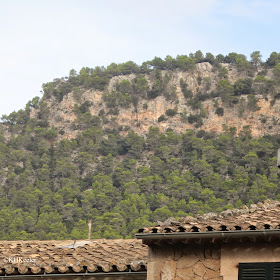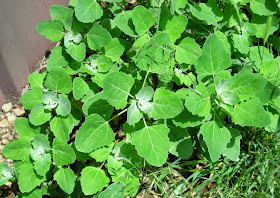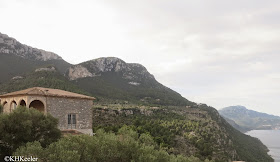Do you remember the James Burke tv series
Connections showing surprising relationships between unrelated things? There are plant stories like that, for example, of orange, carrots and politics.
Wild carrots,
Daucus carota, known as Queen Ann's lace in the U.S. (parsley family, Apiaceae) are native all across Europe and the Middle East. Humans have used carrots medicinally for a very long time (see for example
Culpeper, 1814 edition of 1633 book;
Mrs. Grieve 1932).) Carrots were first domesticated in Afghanistan, producing a readily-grown carrot that was, however, stringy and bitter. These carrots, distributed out from Afghanistan were multicolored: purple, red, orange, yellow and off-white, but especially purple and whitish. People all over Eurasia grew them for medicine, but also as a food flavoring. Like bay leaves or garlic cloves, they were added for flavor but not necessarily eaten.
About 1600, plant breeders in Holland bred a truly edible carrot. Everyone agrees that all our modern carrot varieties, even the heritage carrots, are derived from the carrot variety Long created in Holland at the beginning of the 17th century.
The Long carrot was orange.
Nobody can prove that the Dutch growers had a political agenda creating an orange carrot, but, whether or not they did, soon after that the orange carrot became very political.





